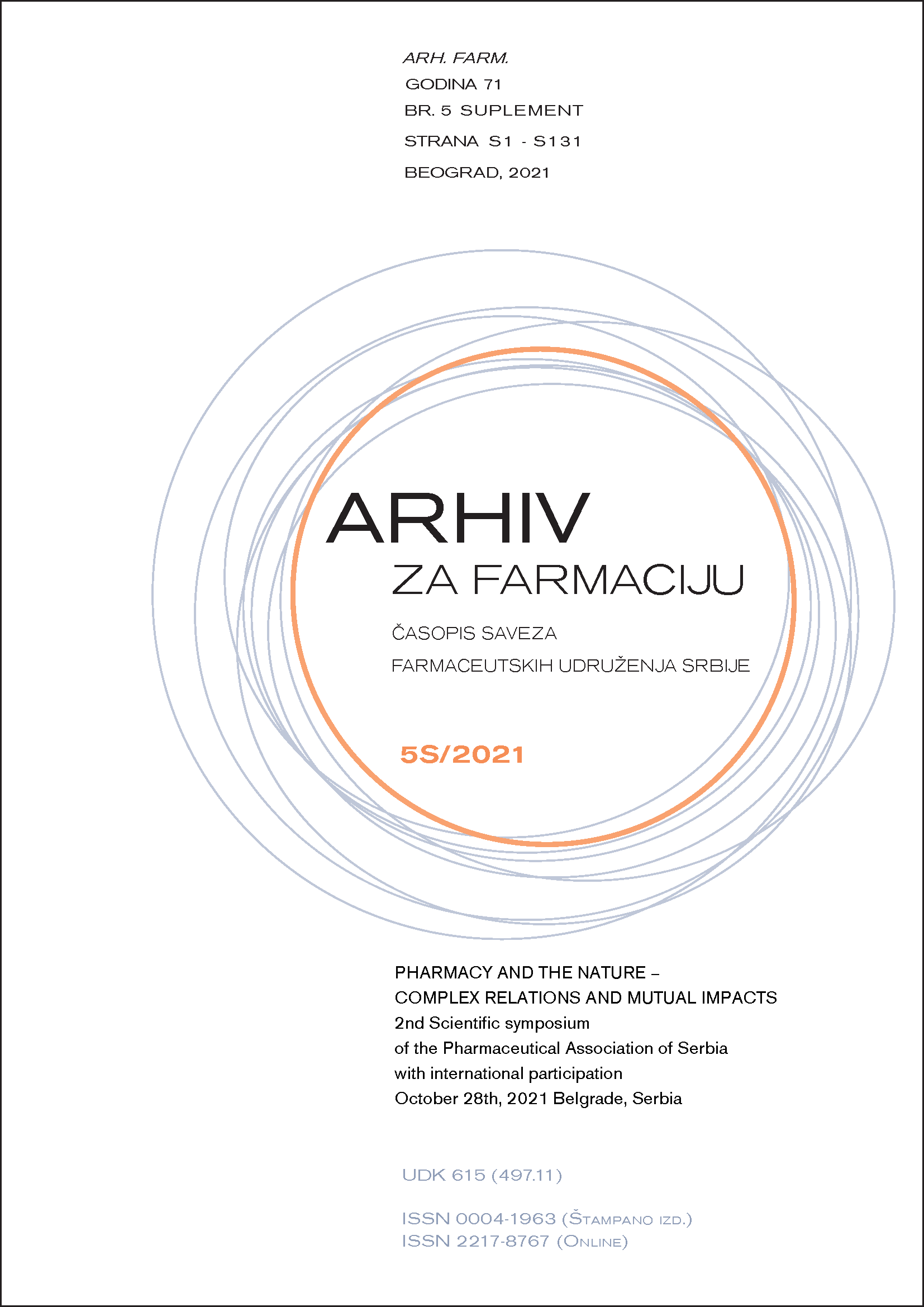SIGNIFICANCE OF SIMULTANEOUS ANALYSIS OF CYP3A5 GENOTYPE, CONCENTRATION/DOSE RATIO AND INTRAINDIVIDUAL VARIABILITY OF TACROLIMUS IN KIDNEY TRANSPLANT RECIPIENTS
Abstract
Tacrolimus (Tac) is a backbone of the most immunosuppressive protocols after kidney transplantation (Tx), but it is characterized by large inter- and intraindividual (IPV) variability in pharmacokinetics and exposure. It has been assumed that low Tac dose-adjusted through concentration (C0/D), which corresponds with a faster metabolism and lower bioavailability, and high Tac IPV within the first post-transplantation year may be associated with kidney graft impairment or loss in the late period after Tx (1,2). This study aimed to estimate the individual and/or combined effect of Tac IPV and mean C0/D during 6-12 months post-transplantation on estimated glomerular filtration rate (eGFR) or composite endpoint [graft failure, chronic allograft dysfunction, chronic rejection and doubling of serum creatinine concentration] in the period between 13 and 36 months after Tx. In addition, the goal was to analyze the impact of cytochrome P450 (CYP) 3A5 genotype on interindividual variability of Tac exposure within the entire study period. The study enrolled 104 kidney transplant recipients and included 2541 patient examinations up to 3 years after Tx. Tacrolimus IPV was calculated as the coefficient of variation of the Tac C0/D between 6 and 12 months after Tx. Patients were divided into groups based on the Tac IPV tertiles (low, middle and high IPV) and the median value of mean C0/D during 6-12 months post-transplantation (low and high C0/D). All patients were genotyped on CYP3A5 6986A>G gene polymorphism. Linear regression analysis showed that the eGFR in the late period after Tx may be independently affected by Tac IPV, mean Tac C0/D during 6-12 months post-transplantation, acute rejection and kidney function in the early post-transplantation period. In addition, the patients characterized by high IPV/low C0/D had significantly lower eGFR between 13th and 36th month after Tx compared to the other groups (high IPV/high C0/D, low+middle IPV/low C0/D, low+middle IPV/high C0/D) (p<0.001). The performed Kaplan-Meier analysis did not show an individual association between Tac IPV or Tac C0/D with the composite endpoint. Still, the patients in the combined high IPV/low C0/D group had significantly reduced graft survival compared to the other patient groups (p=0.035). The carriers of CYP3A5*1/*3 genotype had lower C0/D compared to the CYP3A5*3/*3 carriers during the entire study period (p<0.01). The simultaneous assessment of CYP3A5 genotype, in the context of Tac C0/D prediction, and Tac IPV could be additional help to categorize patients towards the risk of graft deterioration in the long-term post-transplantation period.

